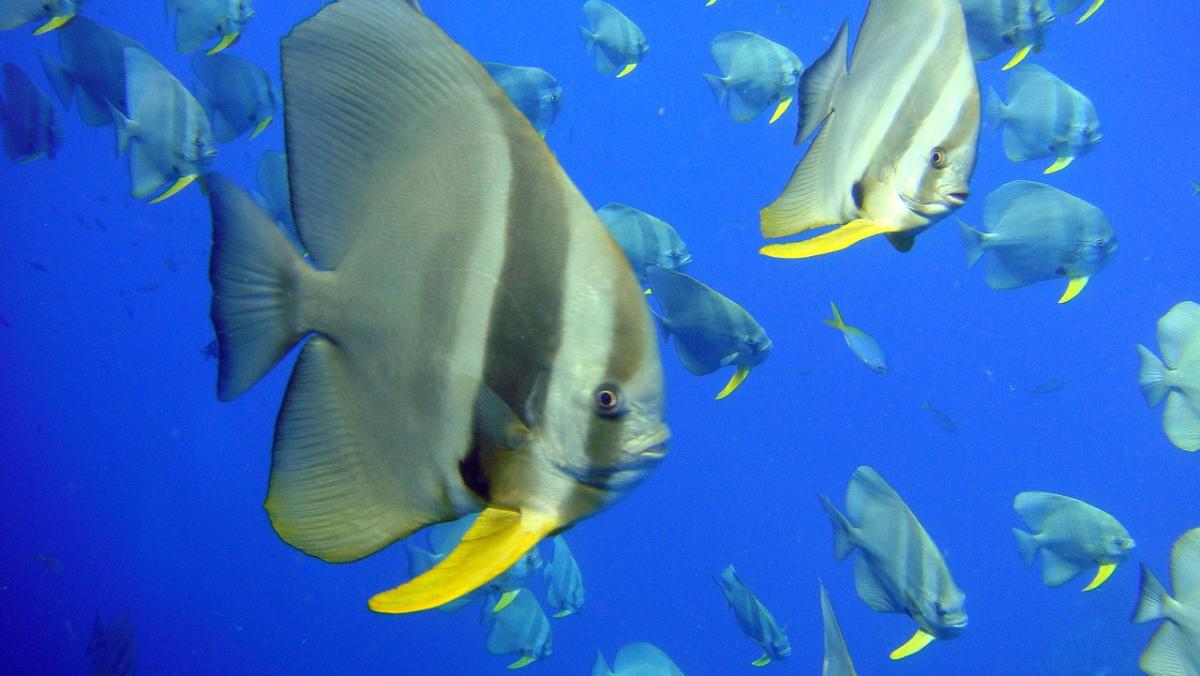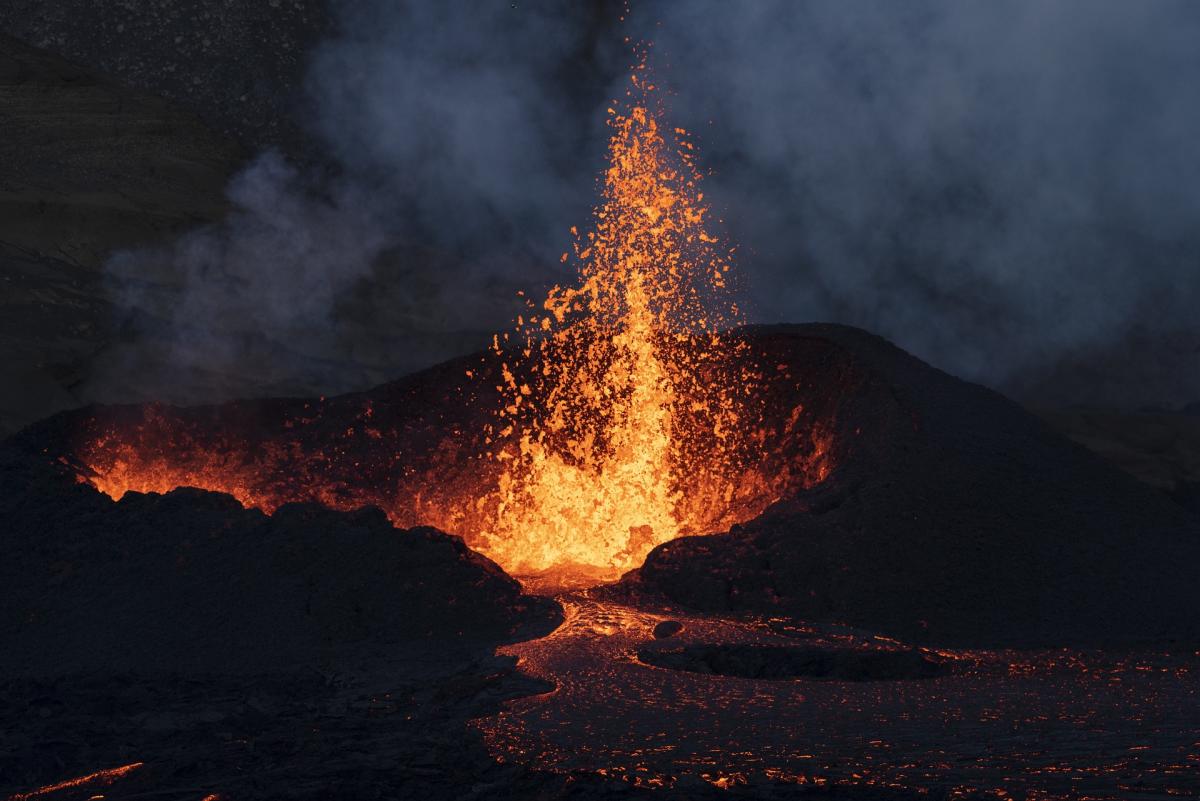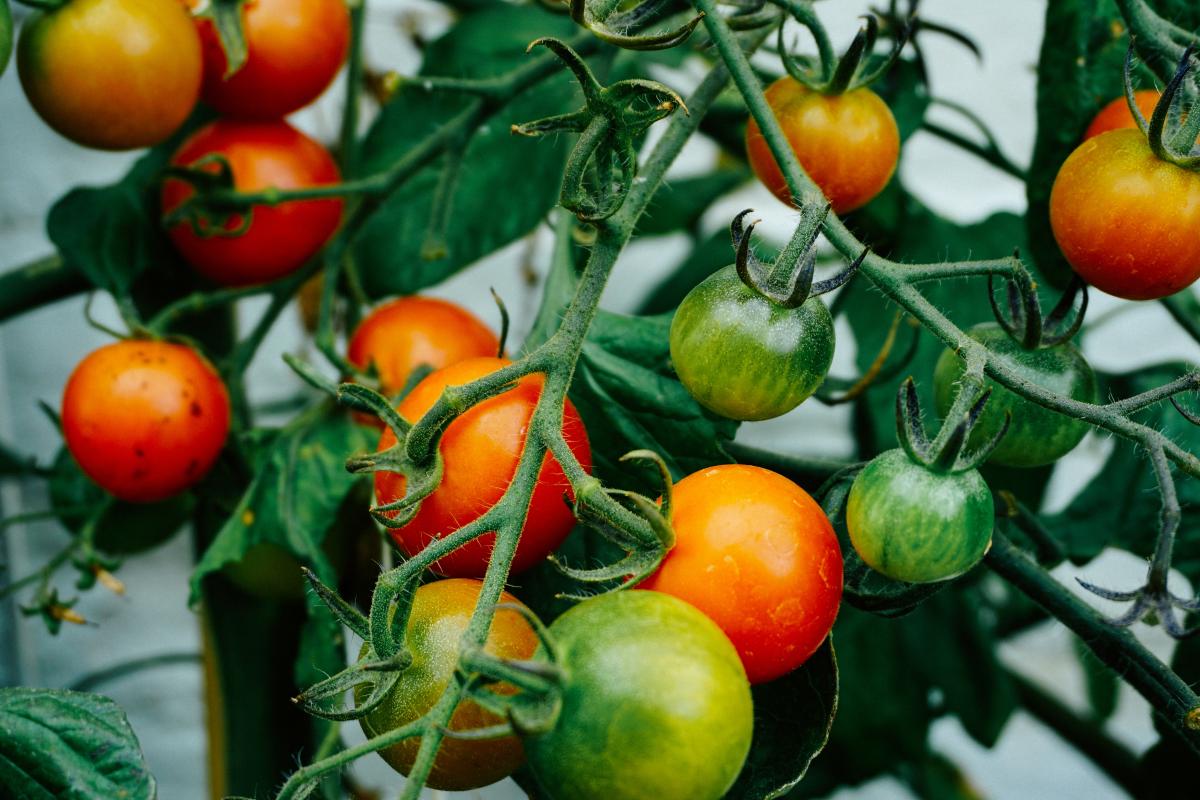
Students will design and construct a prototype of a tiny house on wheels. They will use graph paper to draw out their ideal tiny house on wheels, ensuring the sizing of the rooms and ceilings are

Calculating Moles to gram of multiple different compounds to make playdough. Includes easy and advanced practice problems (with answers) and teacher background knowledge. Basic easy ingredients are

Students use test strips and research to solve the issue of a fish death in our classroom tank. This would also work well for the initial setup of a tank. Students see a tangible, observable, real

Get your students up and moving! Together, you and your students will move and create a model of the solar system. Your kinesthetic learners will love this lesson! The solar system comes to life

Students will learn the history of rainsticks. They will engineer and design their rainstick. Students have to figure out how much rice, beans and corn goes inside to make the sound of rain. Finally

On day one, students will learn the history of the boomerang. Then on day two, the students will engineer and design their boomerang. Finally, the students will fly their boomerangs.

Students will build landing gear to successfully land a rover on Mars.

In this activity, students will build a shelter that protects them (cotton balls) from a volcanic eruption of lava and ash.

Students use an interactive map and ArcGIS software to analyze the impacts of climate change on global populations.

Students have the opportunity to explore solar energy and the engineering process by creating solar ovens. This lesson integrates communication skills, the engineering process, data collection, and

In this lesson, students explore the foundational concepts of electricity, delving into Ohm's Law and the principles of electric power. Through a series of engaging theoretical and practical exercises

Splash of Science
Students measure the temperature of water as it cools to learn about heat transfer and thermal properties while using line of best fit, linear regressions and/or quadratic regressions.

Math is All Around Us
Inspired by the picture book, "Count on Me," Kindergarten students will demonstrate the Engineering Design Process by collaboratively creating a model of a new toy for their playground, observing the

A lesson to teach students how to collect, organize, interpret data, make inferences, raise awareness, and suggest possible solutions on the water quality of the waterbodies in the state of Arizona.

Students will solve mysteries using a digital scale, systems of equations, and their ingenuity! It enhances problem-solving skills and understanding of mathematical concepts.

This lesson plan will equip the students with the basic understanding of the forms of electromagnetic waves. It also includes a hands-on activity on assessing EMF radiation levels in classrooms that

This is the first of four lessons based on the novel Space Case by Stuart Gibbs. This lesson will help create equitable background knowledge for the literature-infused project-based learning project

Teach students about the unique and amazing structures of plants and animals in the Sonoran Desert. Students will learn about how specific structures help animals and plants survive the unique

This lesson will be an introduction and review of common anatomical language used to describe relative positions, body sections, and body regions that communicate information about patients

The students will be tracing and measuring their feet. Then as a class they will be creating a line plot graph. Next, they will answer a couple of questions about the line plot graph created. They

The objective of this lesson is for students to use the design process to design their own solar dehydrator. When students are designing their own solar dehydrator, there are several key aspects they

Description: In this engaging lesson, students dive into the fascinating world of bone anatomy by creating styrofoam models of bones and simulating fractures. Through hands-on activities, students use

Day 4 of a 4 day unit (with an optional day 5) on hydroponics, urban farming and vertical farming. Students will learn about hydroponics used on the International Space Station and vertical farming

Day 3 of a 4 day unit (with an optional day 5) on hydroponics, urban farming and vertical farming. Students will learn about hydroponics used on the International Space Station and vertical farming
